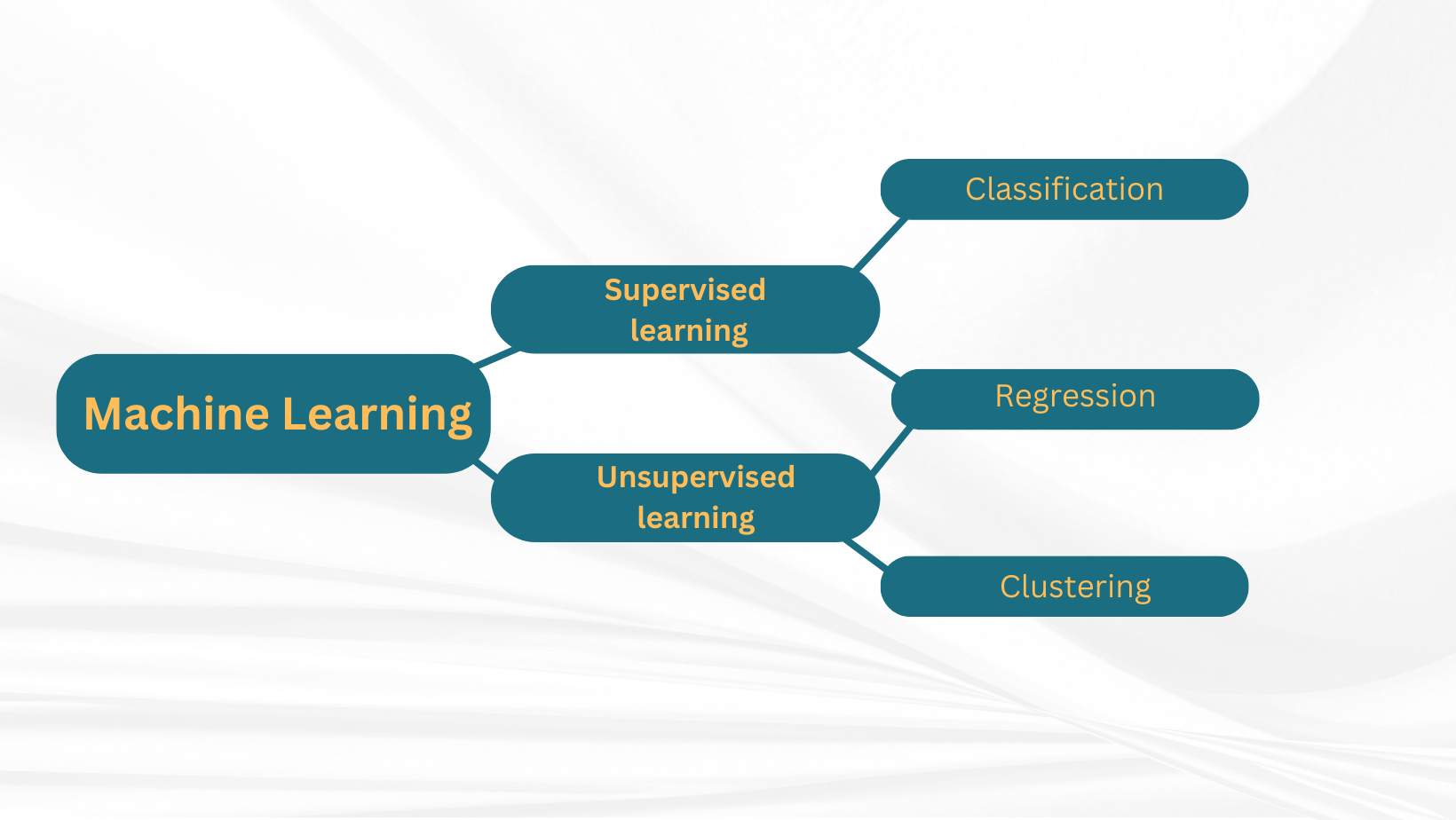From the beginning of the revolution of AI and ML, there has been immense growth seen in the field of Medical science and drug discovery. Bioinformatics is one of the branches of science that is put into practice for analyzing biological data with the help of algorithms, statistical data, and some principles of mathematics.
Artificial intelligence provides its ability in solving major errors that are caused by human intelligence and machine learning allows it to utilize algorithms to perform and gain better results.
The tools of bioinformatics are combined with Artificial intelligence and Machine learning to get better outcomes from designing Drugs to cure different diseases with the applications of AI and ML. Therefore, bioinformatics makes the best analysis for solving problems, and identification of new Drugs with the effective use of artificial intelligence and machine learning.
The Use of ML in Bioinformatics
ML is itself an application of AI. The algorithms of machine learning help to learn the data and provide better execution. The main role of AI and ML here is, to help the machine to perform to get better outcomes, this task does not require human intelligence.
Therefore, We will see two main parts of ML in Bioinformatics.
- Supervised learning
- Unsupervised learning

Machine Learning Techniques in Bioinformatics
Leveraging Machine learning techniques with the help of ML experts to get better outcomes in Bioinformatics. Here are the top four techniques to implement in bioinformatics.
Natural language processing
Natural Language Processing (NLP) unordered human language can be interpreted by a variety of tools. NLP has the ability to search through vast amounts of biological research, compile data on a particular subject from numerous sources, and translate research results from one language to another. NLP tools are also capable of parsing pertinent biomedical databases.
Neural networks
Perceptron is the fundamental neural network. It comprises a single classifier neuron. A linear discrimination function is used by this neuron to categorize input into one of two classes. There is no restriction on the number of layers or nodes in a layer in larger neural networks.
Clustering
The technique of classifying objects into different groups based on the given criteria of similarity is known as unstructured clustering. As a result of this identification, elements in one cluster have a close relationship with one another and are distinct from those in other clusters.
Dimensionality reduction
Sometimes there are too many variables that influence the outcome, making it challenging to visualize and handle the dataset. To handle the data, the best thing is to decrease some of the features. Therefore, classifications are carried out in machine learning problems based on criteria or characteristics.
Applications of Machine learning
Facilitating gene editing experiments
Gene editing is the process of altering an organism's genetic makeup by deleting, introducing, and/or replacing a section of its DNA sequence. However there is still much room for improvement when it comes to choosing the best DNA sequence to manipulate, and this is where ML might be useful. Researchers can optimize the design of gene editing studies and forecast their results by using machine learning for bioinformatics.
Identifying protein structure
The study of proteins, their relationships, chemical makeup, and physiological functions is known as proteomics. This field is computationally intensive and uses large biological datasets. For this reason, technologies like AI and Machine languages are important in bioinformatics.
Spotting genes
Machine learning in bioinformatics is being used more and more by researchers to pinpoint the genes that are probably responsible for specific disorders. RNA(Ribonucleic acid) testing and gene function microarray analysis.
Repurposing drugs
Reprofiling, also known as new drug discovery, is a strategy used by researchers to identify novel uses for medications that were not originally intended. Researchers use artificial intelligence (AI) in bioinformatics to analyze drugs on pertinent databases like BindingDB and DrugBank.
Final Thoughts
As we have seen the effectiveness of AI and ML in Bioinformatics research in many different ways. These technologies can be revolutions in medical research by providing the best medical solutions. They also have the ability to manage numerous amounts of data and many other necessary things that require for Durug discovery and bioinformatics use. Therefore Implementing AI and ML Services in Medical science will be advantageous in the coming era.


No comments yet